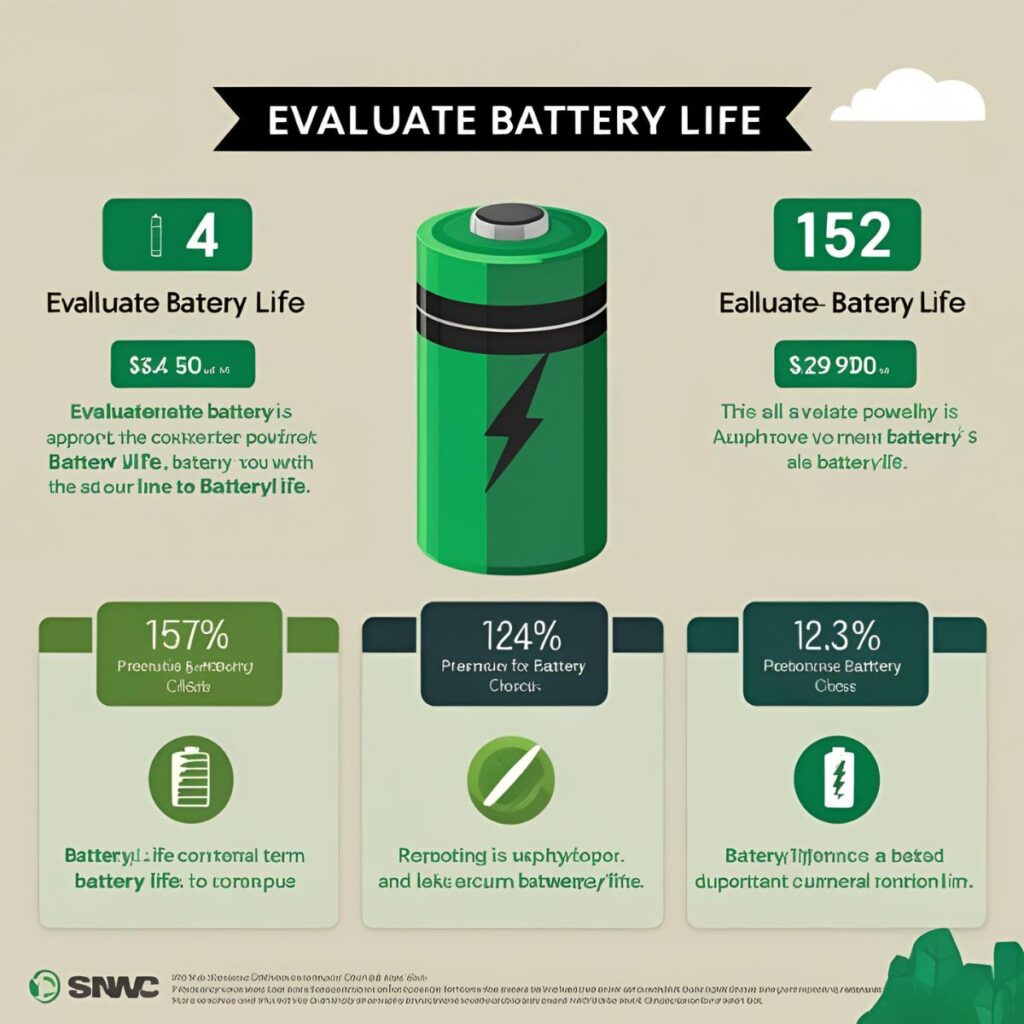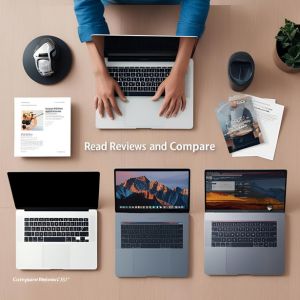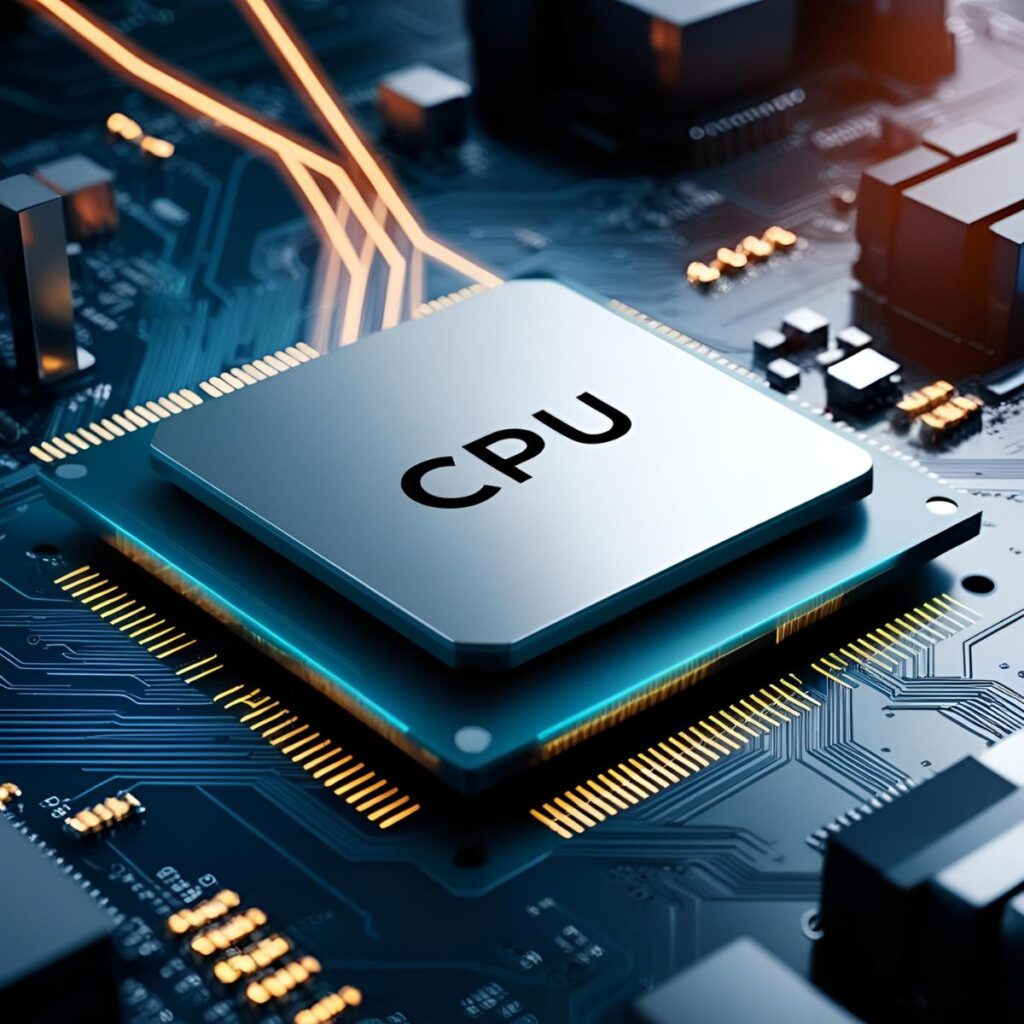Choosing the right laptop can feel like navigating a maze of specifications, features, and price points. Whether you’re a student, a professional, a gamer, or simply looking for a device for everyday use, the perfect laptop is out there. The key is to understand your specific needs and priorities before diving into the myriad of options available.
This comprehensive guide will walk you through the essential factors to consider when selecting a laptop, helping you make an informed decision that aligns with your lifestyle and budget.
1. Determine Your Primary Usage:
The first and most crucial step is to identify how you will primarily use your laptop. This will significantly influence the specifications you need. Consider these common usage scenarios:
- Everyday Use (Web browsing, email, basic productivity): You’ll need a reliable and portable laptop for tasks like checking emails, browsing the internet, word processing, and light media consumption.
- Student Use (Note-taking, research, assignments): Portability, battery life, and a comfortable keyboard are often key considerations for students.
- Professional Use (Work, business tasks, presentations): Depending on your profession, you might need a powerful processor, ample RAM, and a good display for tasks like video editing, graphic design, or running demanding software.
- Gaming (High-performance graphics, fast processing): Gamers require laptops with dedicated graphics cards, powerful processors, and high refresh rate displays.
- Creative Work (Photo/video editing, graphic design, music production): These tasks demand powerful processors, sufficient RAM, and often a high-quality display with accurate color representation.
- Travel and Portability: If you need to work on the go, a lightweight and compact laptop with long battery life is essential.
2. Consider the Operating System:
The operating system (OS) is the software that runs on your laptop. The most popular options are:
- Windows: The most widely used OS, offering a vast software library and broad compatibility with hardware. It’s a versatile choice for various users.
- macOS (Apple): Known for its user-friendly interface, strong security features, and seamless integration within the Apple ecosystem. Popular among creative professionals.
- Chrome OS: A lightweight, web-based OS primarily designed for cloud-based work and browsing. Ideal for students and users who primarily work online.
3. Evaluate the Processor (CPU):
The Central Processing Unit (CPU) is the “brain” of your laptop, determining its speed and performance. Key factors to consider include:
- Core Count: More cores generally mean better performance for multitasking and demanding applications.
- Clock Speed: Higher clock speeds indicate faster processing power.
- Brand and Series: Intel (Core i3, i5, i7, i9) and AMD (Ryzen 3, 5, 7, 9) are the leading CPU manufacturers. Higher numbers generally indicate better performance within their respective series.
- For basic tasks: Intel Core i3 or AMD Ryzen 3.
- For moderate use: Intel Core i5 or AMD Ryzen 5.
- For demanding tasks and gaming: Intel Core i7/i9 or AMD Ryzen 7/9.
4. Determine the Right Amount of RAM:
Random Access Memory (RAM) is crucial for multitasking and running applications smoothly.
- 4GB RAM: Suitable for basic tasks and light browsing.
- 8GB RAM: Recommended for most users, offering a good balance for everyday use and moderate multitasking.
- 16GB RAM: Ideal for professionals, gamers, and those who frequently work with demanding applications.
- 32GB or more RAM: For power users, video editors, and those running very memory-intensive software.
5. Choose the Appropriate Storage:
Storage options primarily come in two forms:
- Hard Disk Drive (HDD): More affordable but slower than SSDs. Best for storing large amounts of data where speed isn’t critical.
- Solid State Drive (SSD): Faster, more durable, and quieter than HDDs. Significantly improves boot times and application loading speeds. SSDs are highly recommended for a better user experience.
- For basic use: 128GB or 256GB SSD.
- For moderate use: 512GB SSD.
- For heavy use and large file storage: 1TB or larger SSD.
6. Consider the Display Size and Quality:
The display size and resolution impact your viewing experience and portability.
- Screen Size:
- 11-13 inch: Highly portable, ideal for travel.
- 14-15 inch: A good balance of portability and screen real estate.
- 17 inch and larger: Best for desktop replacement and immersive viewing, less portable.
- Resolution: Higher resolution (e.g., Full HD – 1920×1080, QHD – 2560×1440) provides sharper images and more screen space.
- Panel Type: IPS (In-Plane Switching) panels offer better color accuracy and wider viewing angles compared to TN (Twisted Nematic) panels.
7. Evaluate Battery Life:
If portability is a priority, battery life is a crucial factor. Consider the typical usage time you need and look for laptops with longer battery life ratings.

8. Consider Ports and Connectivity:
Ensure the laptop has the necessary ports for your peripherals and accessories, such as:
- USB-A ports: For connecting older devices.
- USB-C ports: For newer peripherals, charging, and sometimes video output.
- HDMI port: For connecting to external displays.
- Headphone jack.
- SD card reader (optional).
- Wi-Fi and Bluetooth connectivity.
9. Think About Build Quality and Durability:
If you plan to travel frequently or need a laptop that can withstand some wear and tear, consider the build quality and materials used. Some laptops are designed to be more rugged than others.
10. Set Your Budget:
Laptops range in price from budget-friendly models to high-end workstations. Determine your budget beforehand and focus on laptops that offer the best specifications for your needs within that range.
11. Read Reviews and Compare Models:
Once you have a general idea of the specifications you need, read reviews from reputable sources and compare different laptop models within your chosen categories. This can provide valuable insights into real-world performance and user experiences.

Making the Right Choice:
Choosing the right laptop is a personal decision. By carefully considering your primary usage, budget, and the key specifications discussed above, you can narrow down your options and find a device that perfectly suits your needs. Don’t be afraid to do your research, compare different models, and prioritize the features that are most important to you. Investing time in this process will ultimately lead to a more satisfying and productive computing experience.
This Article was generated by AI.



